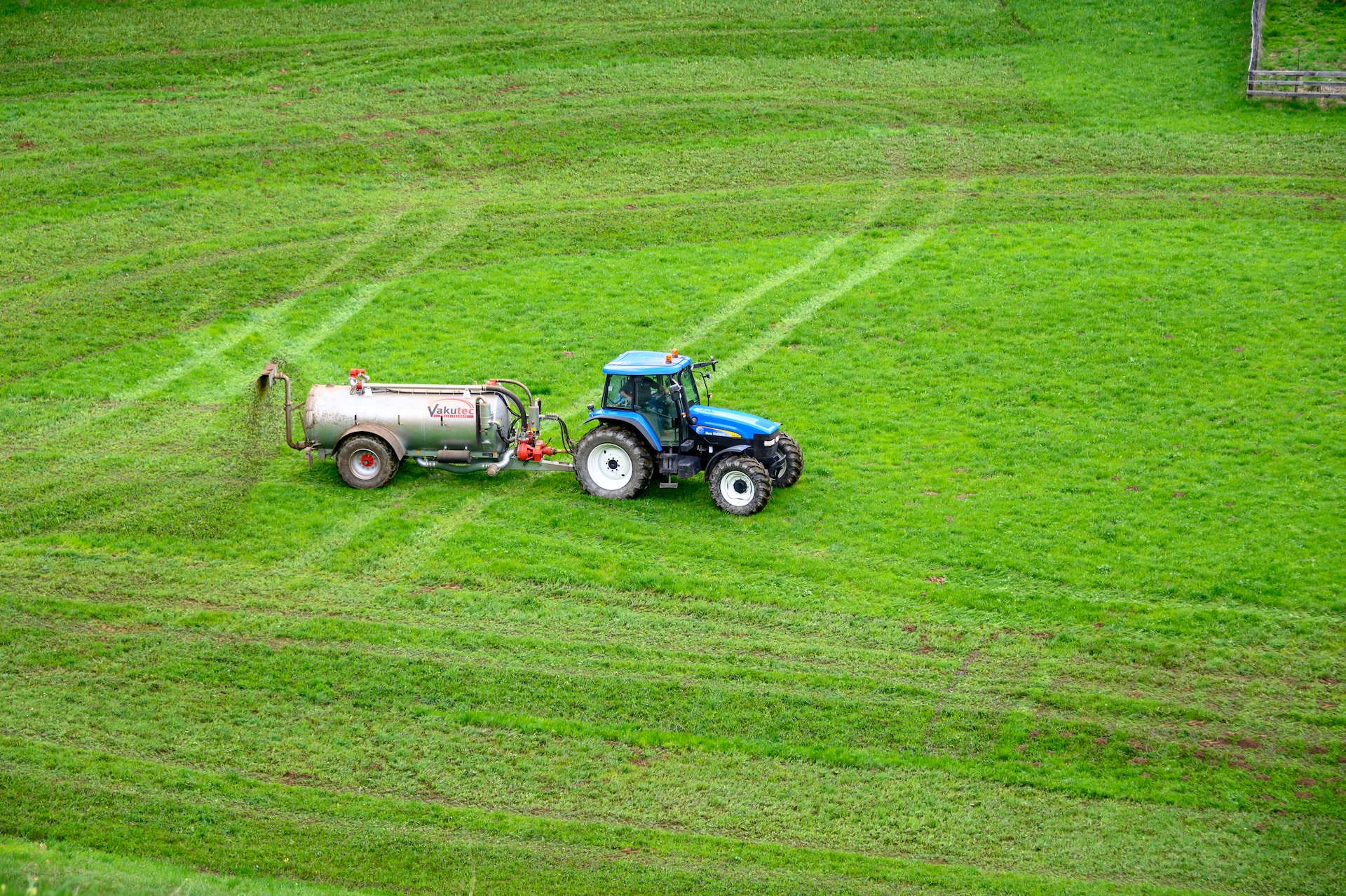Analyzing Life Cycle Emissions of Synthetic Fertilizer and Cyanobacteria Biofertilizer for Lemon Trees

Synthetic fertilizers provide essential nutrients to soil such as nitrogen, phosphorus, and potassium, increasing soil fertility and enabling industrial-scale agriculture. However, they also present numerous negative environmental externalities, from carbon dioxide emitted during production, to in-field nitrous oxide emissions and run-off that stimulates eutrophication in aquatic ecosystems. Alternatives to synthetic fertilizers, termed “organic fertilizers” or “biofertilizers,” have been gaining attention as agribusinesses take greater steps towards integrating environmental sustainability into their business models. One such budding alternative is live cyanobacteria biofertilizers, which can provide macro- and micronutrients and subsequently increase soil productivity. While the positive effects of cyanobacteria biofertilizers are detailed in literature, there is a lack of knowledge on the environmental impacts of cyanobacteria biofertilizers compared to conventional synthetic fertilizers throughout the product life cycle. Using client-specific data on the production and transportation of synthetic fertilizers and biofertilizers, this study utilized life cycle assessment (LCA) to identify areas of high impact for the production and transportation of each fertilizer type. This LCA examines a range of environmental impacts, including global warming potential, eutrophication, and human health indicators, across the production and transportation phases. The LCA results show the production phase contributes most to the potential environmental impacts from synthetic fertilizer, while the transportation phase contributes most to the potential environmental impacts from the cyanobacteria biofertilizer. When comparing the potential impact of the systems to the potential impact of an average Californian, the global warming potential from production of synthetic fertilizer is 30 times greater, while the global warming potential from the transportation of cyanobacteria is 6.5 times greater. Benefits from a reduction of synthetic fertilizer use were only realized when cyanobacteria application was paired with a synthetic fertilizer reduction of more than 15%. These results can help inform operational decisions for the implementation of cyanobacteria biofertilizer, and highlight knowledge gaps that require further empirical research.
Acknowledgements
Limoneira Company: Amy Fukutomi, Vice President of Compliance and Corporate Secretary; Even Hazlett, Sustainability and Environmental Impact Manager; Herman Els, Agronomist; Myles Shoemaker, Irrigation and Land Development Manager
South Pole: Shelby Smith, Consultant
UC Santa Barbara Bren School: Bruce Kendall, Professor, Associate Dean; Zoe Sims, Doctoral Candidate; Roland Geyer, Professor; Arturo Keller, Distinguished Professor; Scott Jaesechko, Associate Professor